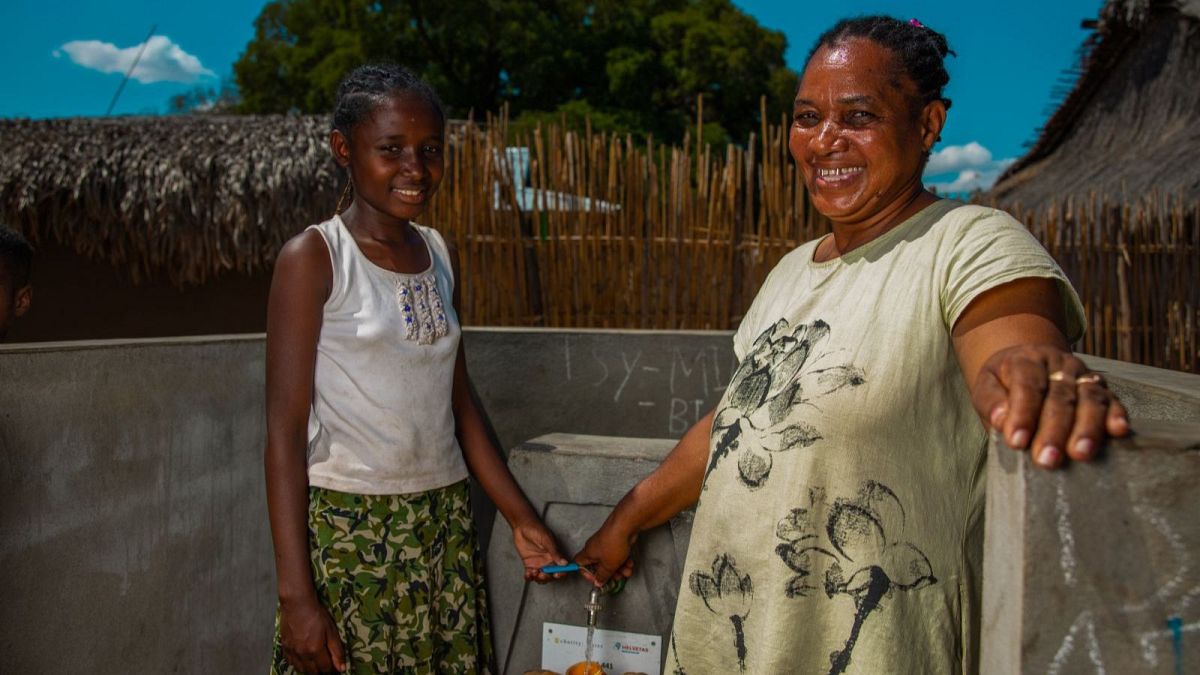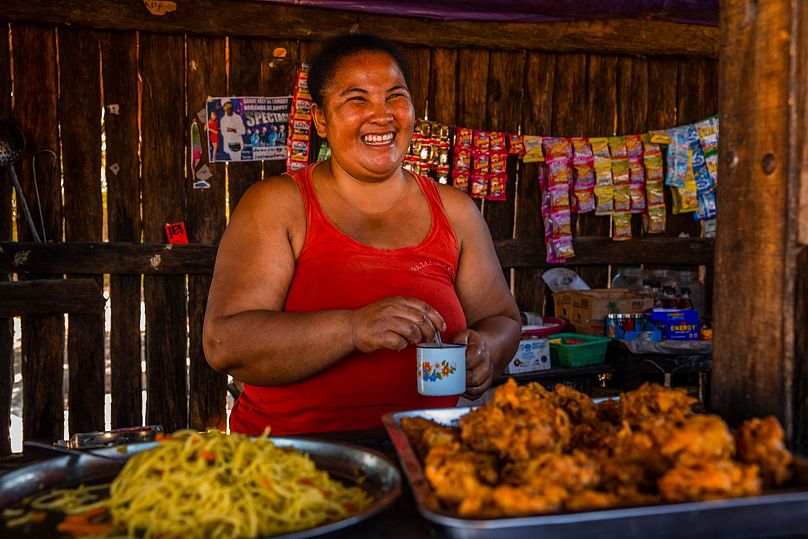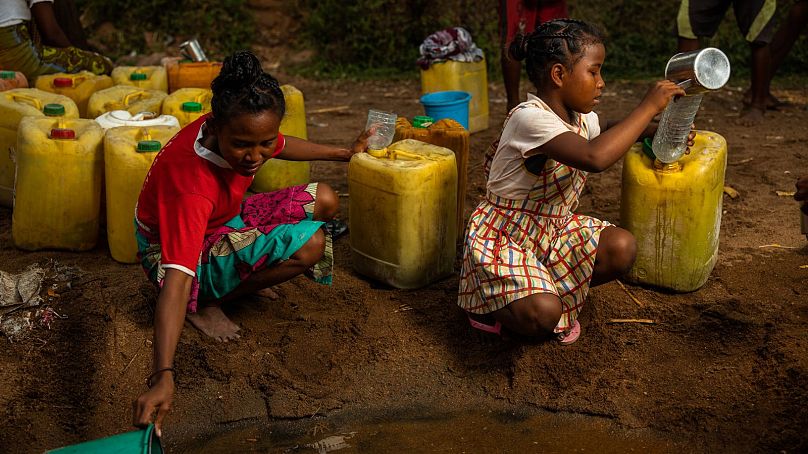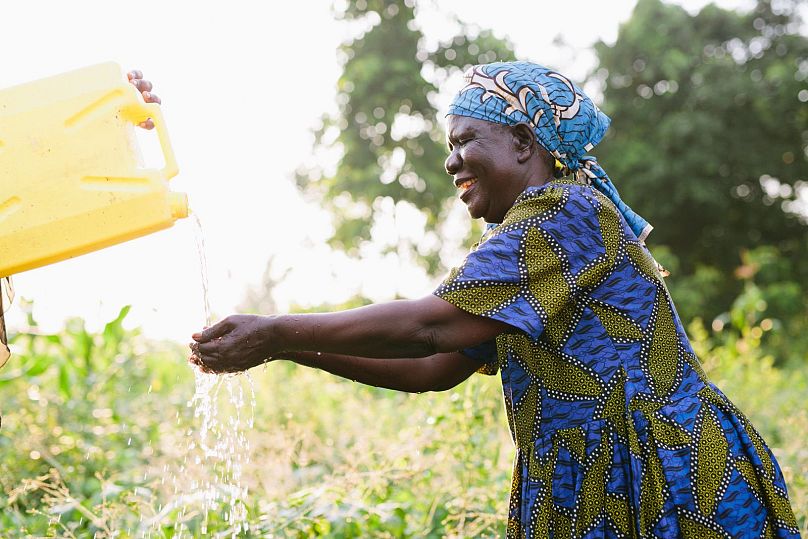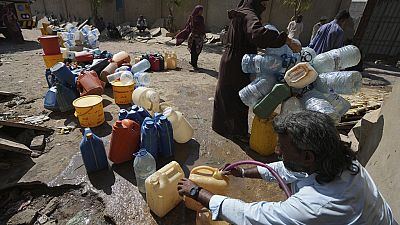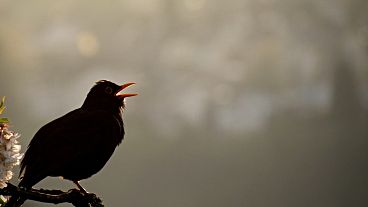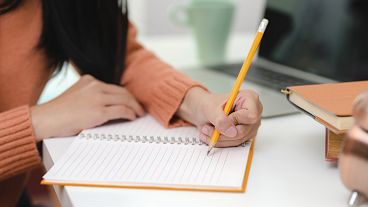Women are disproportionately affected by water scarcity, but ‘clean water gives women a chance to make their dreams a reality’.
While easy access to clean water is very much a human issue, it is first and foremost a women’s issue.
They are the ones responsible for water collection in eight out of ten households where there is no water on the premises, spending an estimated 200 million hours every day globally collecting water.
The lack of easily accessible clean water makes women uniquely vulnerable to abuse, attack, and ill-health, affecting their ability to study, work, and live with dignity.
In addition to the time robbed while collecting water, women and girls risk wildlife attacks, injuries from treacherous terrain, and gender-based violence on their long journeys to water sources. Without clean water and adequate access to latrines and hygiene training, women and girls miss work and school when they are menstruating.
What difference does clean water make to women’s lives?
But when women have access to clean and safe water, they are more likely to access the opportunities their male counterparts have, fostering gender equity and contributing to the alleviation of poverty.
They will experience less illness, less waiting, less struggle, less burden. Instead, their wellbeing, opportunity and freedom can flourish. It’s estimated that 77 million working days every year would be saved if all women and girls had clean water at home.
“Clean water gives women hope, health, and opportunity,” says Julia Anderson of charity: water.
“They have time to start businesses, invest in their families, and take charge of their own futures. It means that girls are able to spend more time in school to further their education and aspirations. Clean water gives women a chance to make their dreams a reality.”
The woman who started a restaurant because of clean water
Honorine used to rise every day at 3am to collect dirty water over an hour away from her home in rural Madagascar.
Where she lives, only 36 percent of the population has access to clean water. It stole endless hours from her day, keeping her from any other dreams or goals.
“It was difficult to get water here,” she says. With no clean water, Honorine and her family were often ill. Collecting water and managing illness stole all of her time.
“But since the installation of our clean water tap, we feel blessed. It seems like the disease has gone.”
Now, Honorine spends her days hosting people in her own restaurant, a social hub in her community, dishing out her famous doughnuts to customers.
“I love to welcome people,” she says. “It’s my passion for business.” Her entrepreneurship encouraged other women in her community to create their businesses too.
“The community is thankful because we no longer have to go far for water,” she says. “We are happy.”
Why involving women in water solutions is key
To help solve the water crisis in developing countries, the UN 2030 Agenda for Sustainable Development has outlined targets around Water, Sanitation, and Hygiene (WASH) services.
If these are going to be met for women, it follows that women should play a central role in designing and implementing solutions so services respond to their specific needs.
“Too often, women and girls are left out of conversations around how to deliver clean water and sanitation, because of traditional gender roles and power structures,” says Helen Hamilton of WaterAid UK.
“When services are designed, funded and delivered exclusively by men, they often don’t work for women’s needs. As a result, solutions don’t always meet communities’ needs. But every day - at home, in their community, as part of local water management committees - women and girls are coming up with practical solutions to the water crisis.”
Affordable financing for water
In its years of research, nonprofit Water.org observed women paying high prices to water vendors, as well as travelling long distances to collect water from unsafe natural sources.
By working with local banks it launched WaterCredit - a microfinance solution that provides small loans at reasonable rates for people to get water connections and toilets.
“90 percent of the borrowers of small loans for household water and sanitation solutions through our work are women, demonstrating this is a solution that works for them,” says Zehra Shabbir of Water.org.
When they interviewed the initiative’s participants, the researchers found that women’s involvement in the decision-making process resulted in improved access to safe water and sanitation facilities, and positively correlated to households’ overall financial health.
“This supports findings from our research in India that indicate that women are more inclined than men to recognise the importance of improved water and sanitation access at the household level,” says Shabbir. “We view women as agents of change for their households and communities.”
“Now, I am beautiful”
Helen Apio lives in northern Uganda, a mother of two children known for her energy and charisma.
When charity: water workers, who had installed a hand pump in their village in 2009, came to visit recently, Helen was quick to show them how it had transformed the community.
“I am happy now,” Helen says. “I have time to eat, my children can go to school. And I can even work in my garden, take a shower and then come back for more water if I want! I am bathing so well. Now, I am beautiful.”
Before she had clean water, Helen woke before dawn to take her two five-gallon jerry cans to a water point a mile and a half away from her home. She waited in line with hundreds of other women who wanted clean water, spending most of her days walking and waiting.
If she didn’t spend hours waiting, she would only be left to collect contaminated water from a pond.
With a small amount of water, she had to make choices about how she would use it - to cook, to water her garden, to wash her children’s uniforms, to cook a meal. She never had enough water for her family.
With a new well, Helen’s outlook on life was transformed. She had options for how she would spend her time. Instead of feeling exhausted, she said she felt “beautiful”, all because of easy-access, clean water.
There are countless stories of how the lives of women and their communities have been totally transformed because of water.
Pela from Madagascar no longer travels three times a day through a deep ravine to fill her jerry can, and instead can support her children to be educated.
Grace, a student in Zimbabwe described life before water as “pathetic” and “chaotic”, but now water is everywhere and “lives were altered.”
What is the answer to the world's water woes?
“In most situations, getting a sustainable water supply to communities isn’t technically difficult, it just is not high enough on the list of political priorities for decision makers,” says Hamilton.
As climate change continues to wreak havoc, making the water crisis significantly worse, innovative solutions are needed to address rising temperatures and water-related hazards like floods and droughts.
“We know in many parts of Sub Saharan Africa, for example, there are large natural underground reservoirs called aquifers which provide clean drinking water with a borehole and pump. Or the plentiful rainfall during the rainy season could be used during the dry season if there are proper storage facilities.”
Since agriculture and industry tend to soak up large amounts of water in many areas where WaterAid works, the charity is also advocating for tighter monitoring and regulation to ensure there’s enough liquid for all households’ needs.
Charity: water works with local partners to fund clean water solutions, implementing water projects that look different in each country depending on the landscape, and cultural context.
“This could look like a drilled well in Ethiopia, a BioSand filter in Cambodia, or a rainwater harvesting system in India,” explains Anderson.
“Sustainability is also a core part of our programming and we fund maintenance programmes and innovative technology like remote sensors to ensure that the water continues to flow for years to come.”
